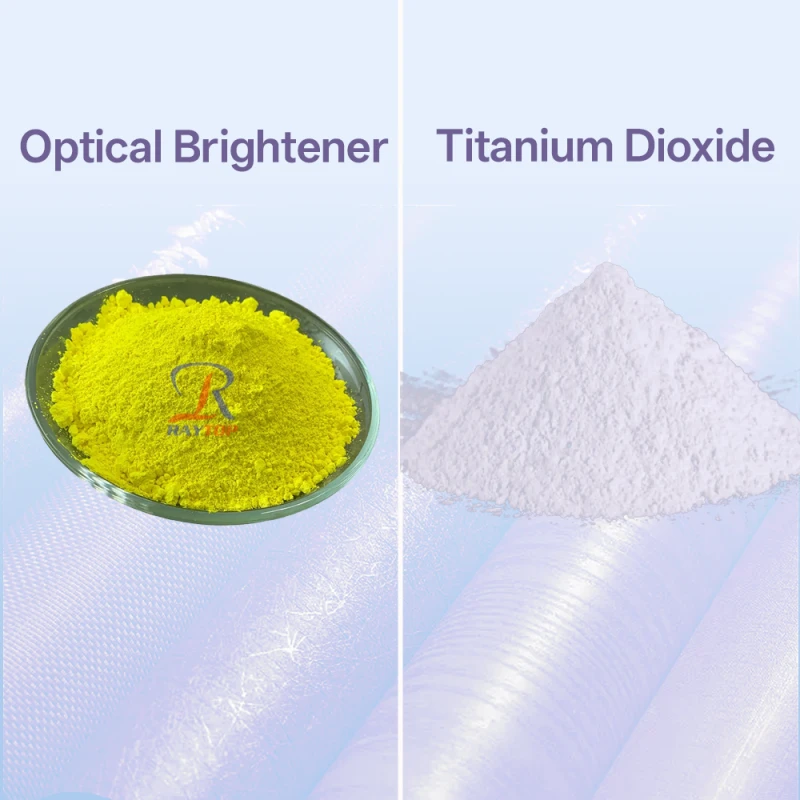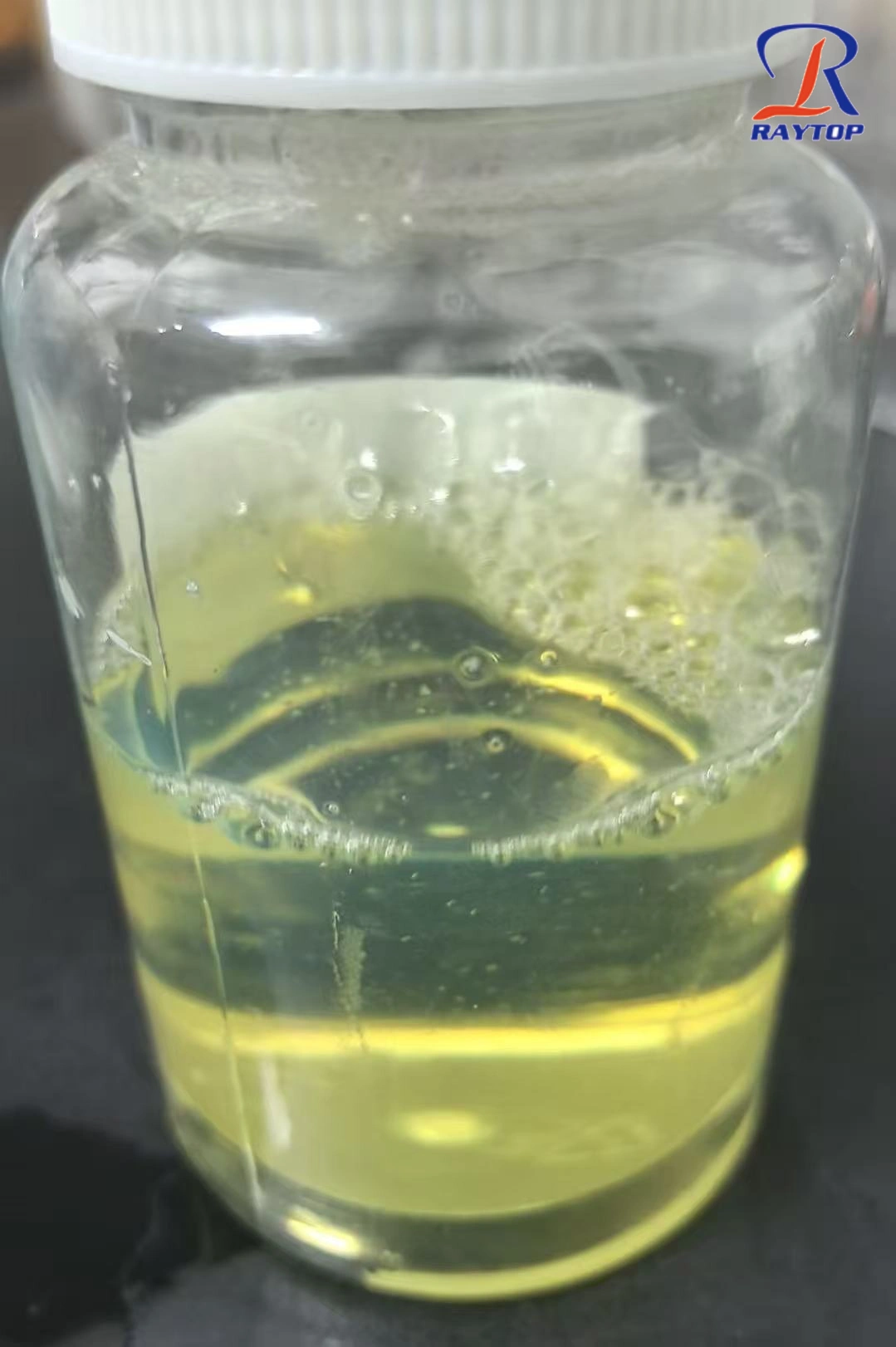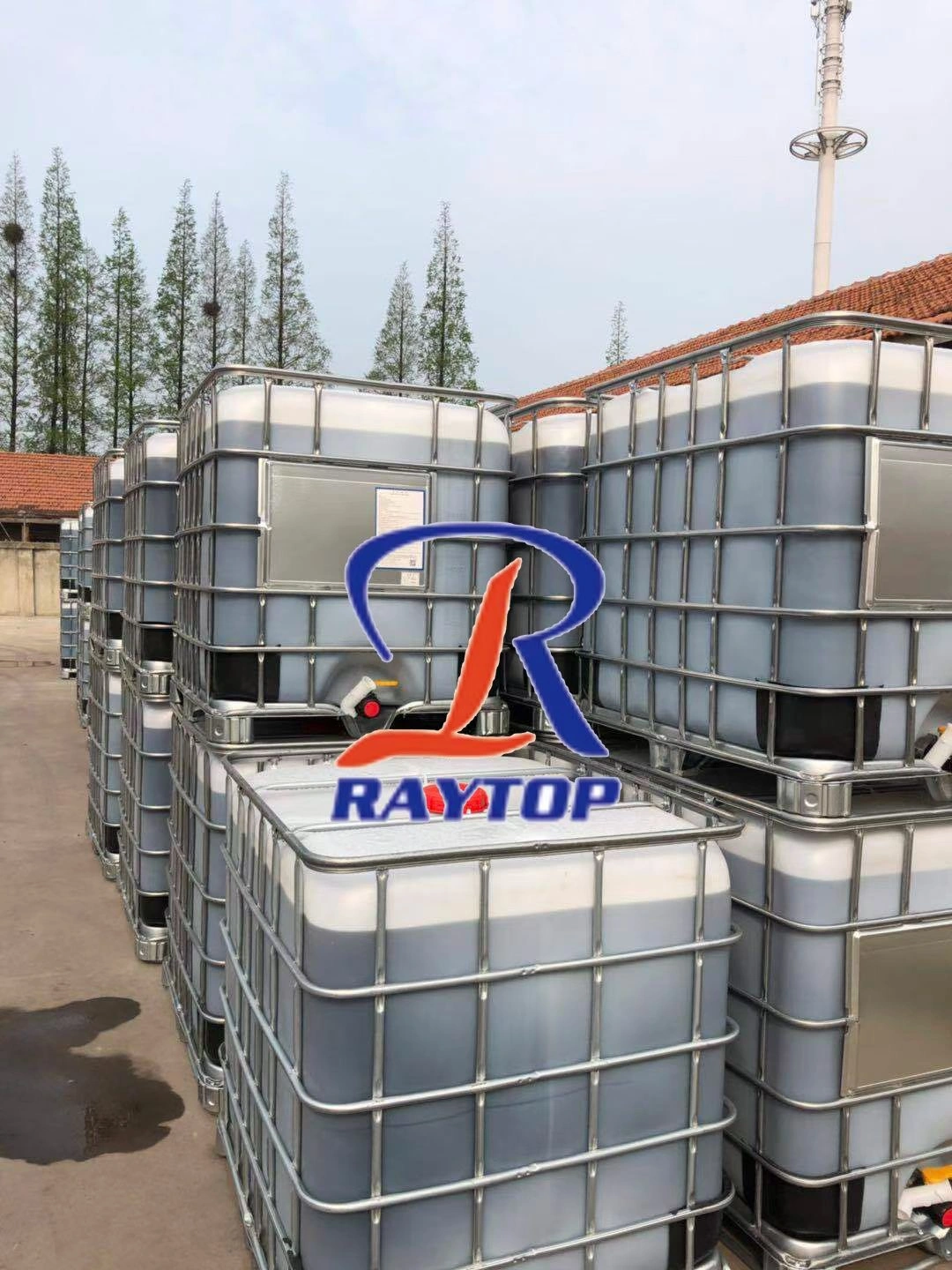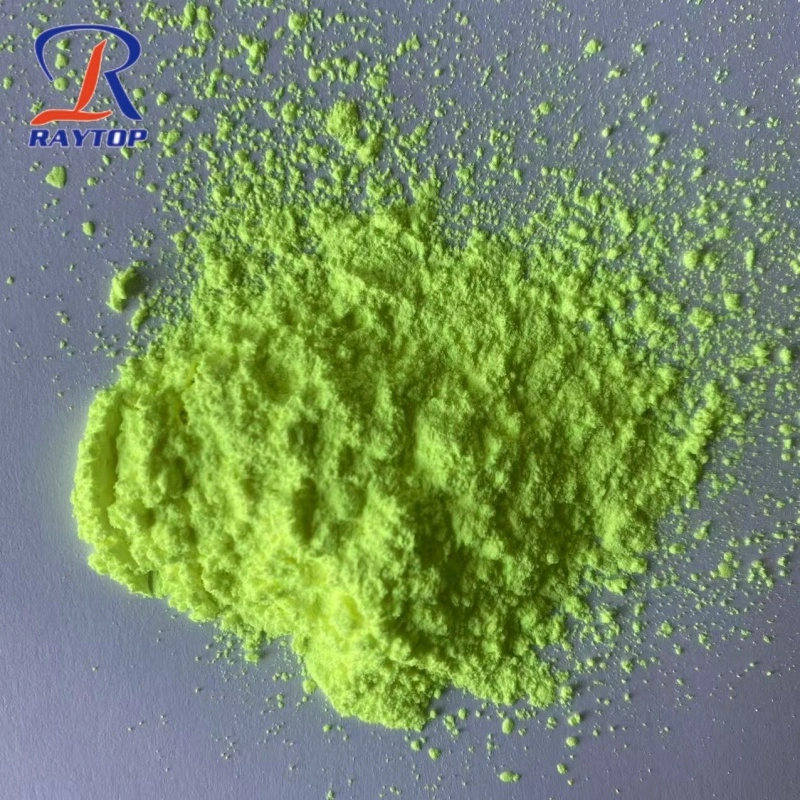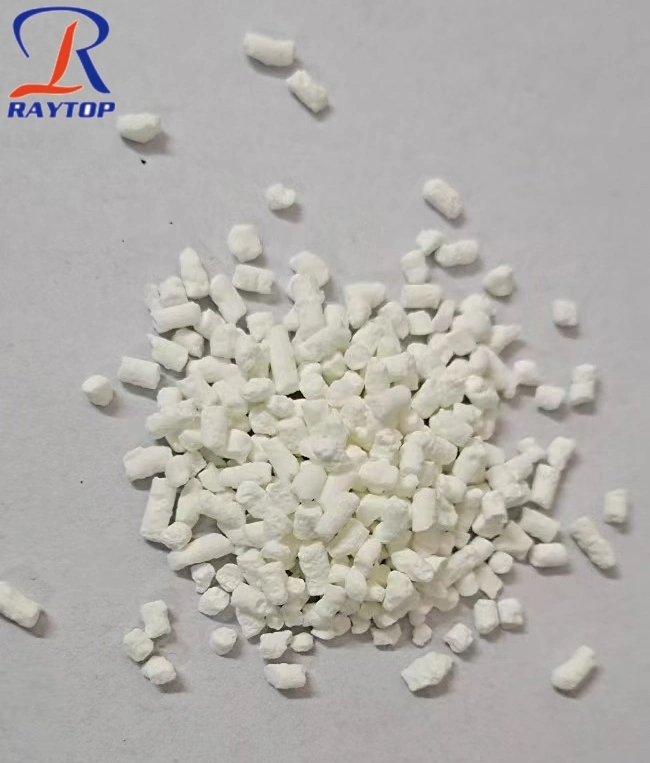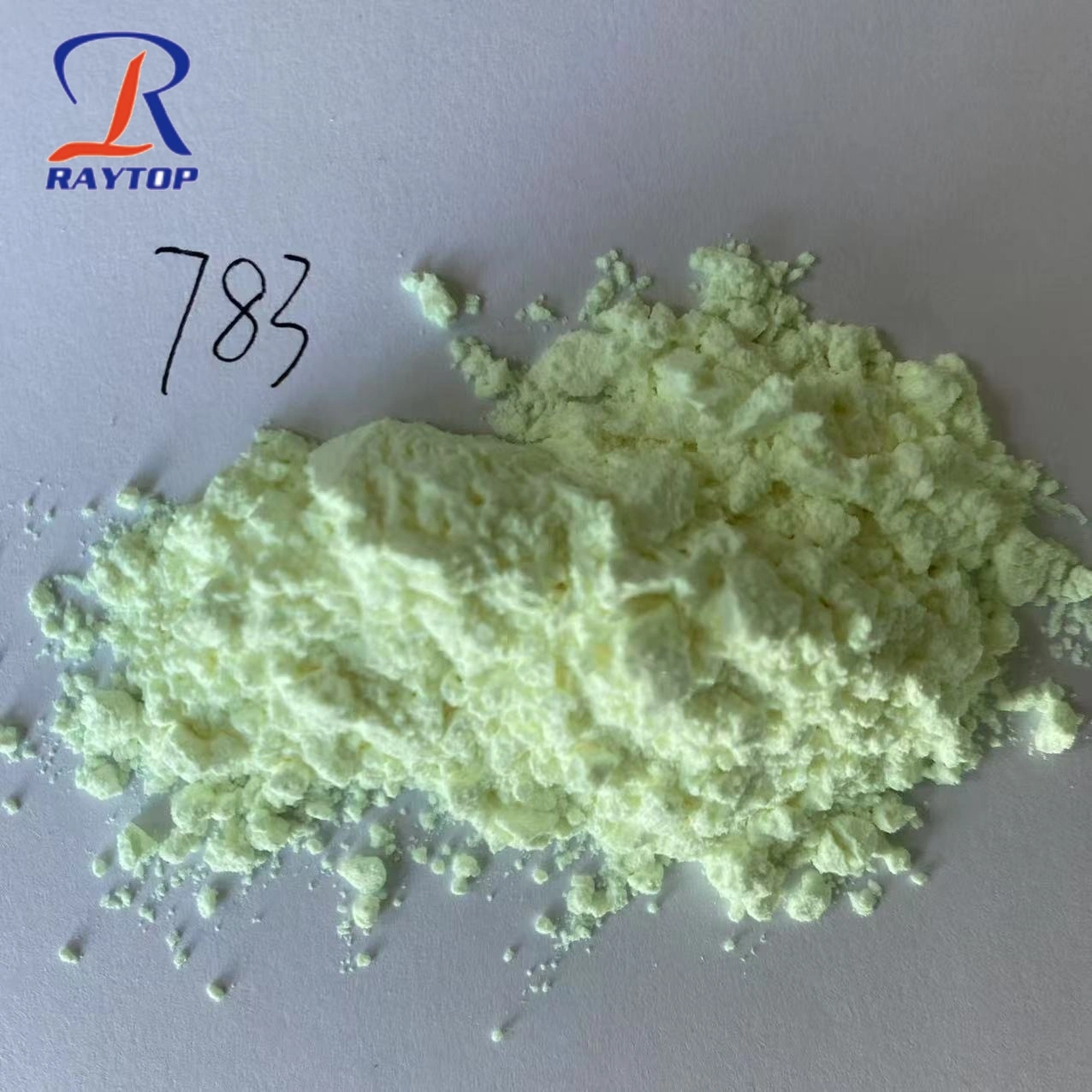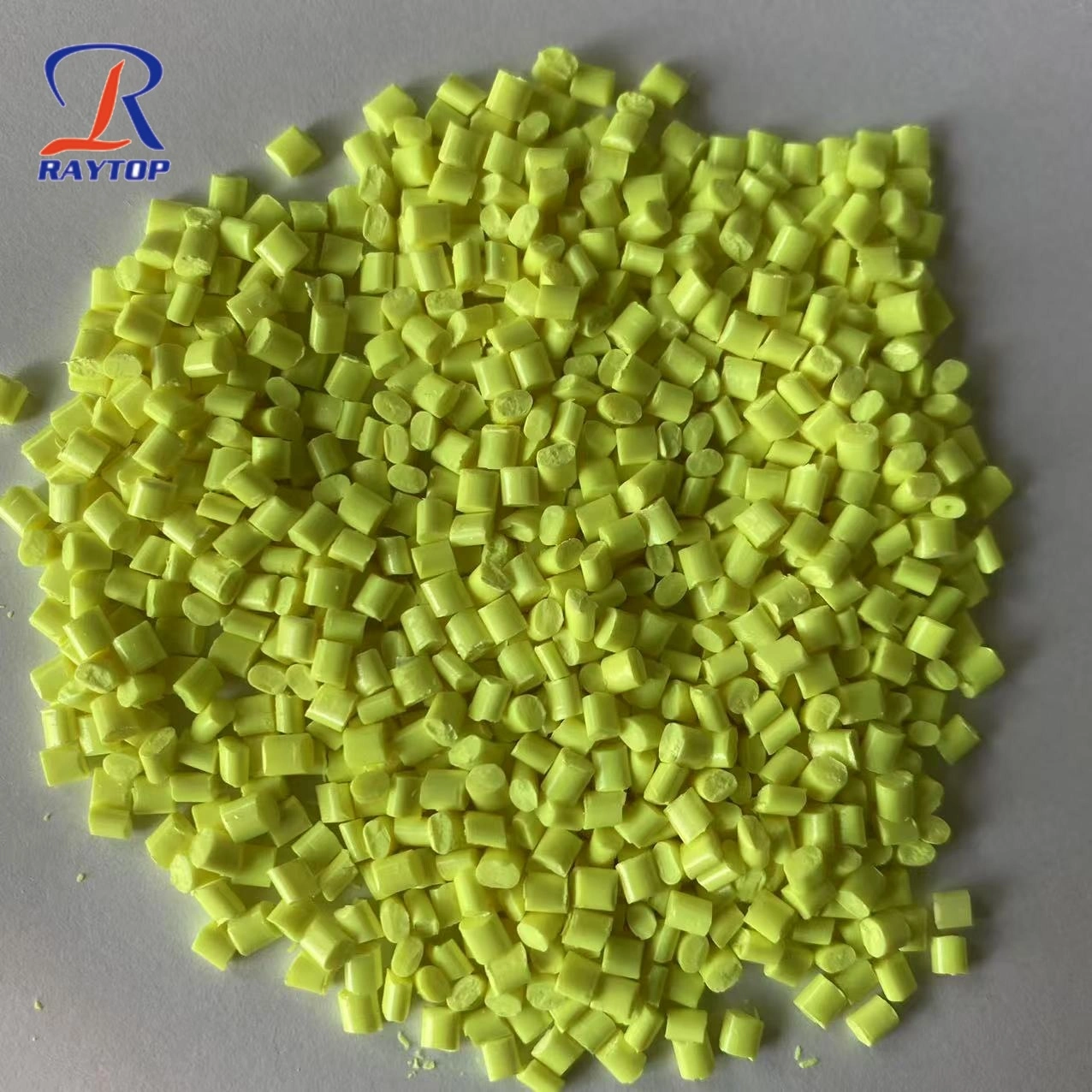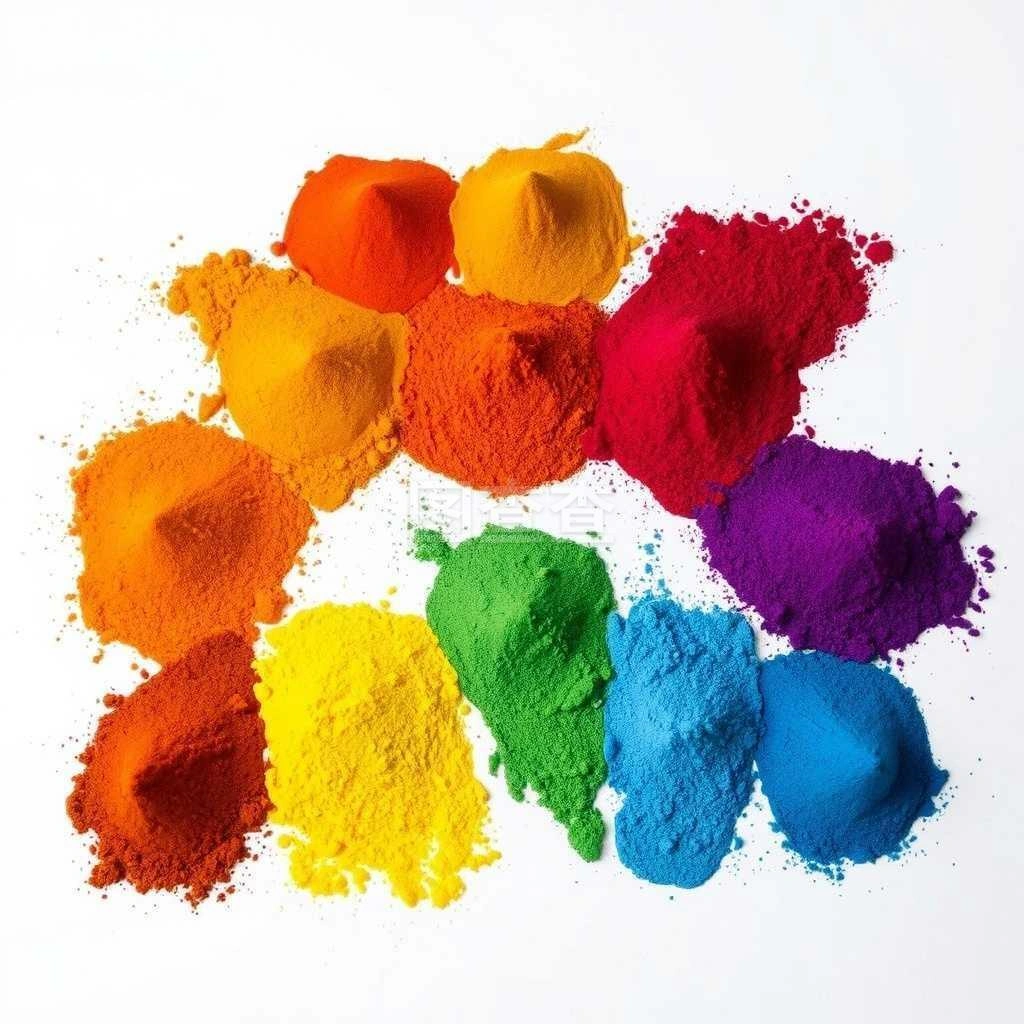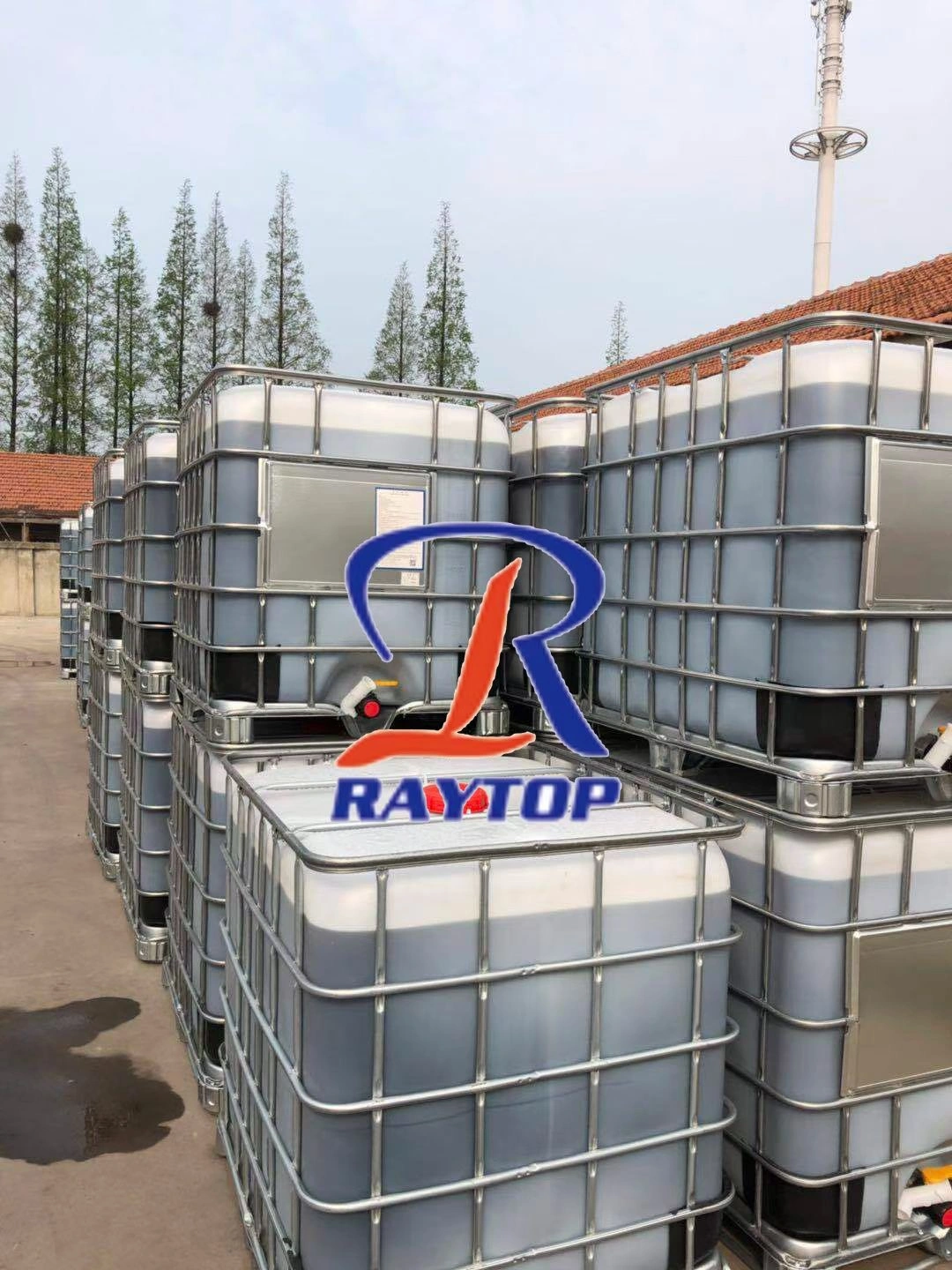When it comes to plastic whitening, the industry has long relied on two primary agents: optical brighteners and titanium dioxide (TiO2). Though both are effective, they function on fundamentally different principles. The real challenge lies in understanding which of these whitening agents suits a specific plastic application better—a choice that hinges on more than just brightness. It involves economics, durability, compatibility, and environmental considerations.
In this article, we’ll break down the comparative chemistry of optical brighteners and titanium dioxide, blend in field-tested data, and walk through a few practical application scenarios. For added context, we’ll spotlight the products and expertise of Shandong Raytop Chemical Co., Ltd, a company known for their premium optical brightener solutions.
What Are Optical Brighteners and Titanium Dioxide?
Optical Brighteners (OBs), also known as fluorescent whitening agents, are chemical compounds that absorb invisible ultraviolet light and re-emit it as visible blue light. This blue shift counteracts the yellowish appearance of plastics, making them look whiter and brighter.
In contrast, Titanium Dioxide (TiO2) is a naturally occurring oxide of titanium. It doesn’t emit light, but rather scatters it, thanks to its high refractive index (2.73). This makes it highly efficient at increasing the opacity and whiteness of plastics.
How Do They Work?
| Whitening Agent | Mechanism | Effect on Plastic |
|---|---|---|
| Optical Brightener | UV absorption + visible blue light emission | Enhances perceived brightness and whiteness |
| Titanium Dioxide | Light scattering via high refractive index | Increases opacity and actual white coloration |
This fundamental difference is crucial. Optical brighteners “trick” the eye into perceiving more whiteness by shifting light wavelengths. Titanium dioxide physically blocks and reflects light, making it indispensable in achieving true white coloration, especially when pigmentation is crucial.
Application Fields: Use Cases Diverge
Let’s look at where each of these agents shines (pun intended):
| Application Area | Optical Brightener | Titanium Dioxide |
| Transparent Films | √ Excellent | × Poor (causes haze) |
| Opaque Products | √ Good (low dosage) | √ Excellent |
| Colored Plastics | √ Enhances color brilliance | √ Depends on color balance |
| UV-Resistant Products | √ With additives | √ Strong intrinsic resistance |
| Cost-Sensitive Products | √ Lower dosage needed | × Higher cost at high dosage |
This suggests that choosing between the two depends heavily on your intended application. If transparency is required, optical brighteners are the better fit. For solid opacity, TiO2 might win the day.
Dosage Efficiency and Cost Analysis
One of the most significant differentiators is dosage efficiency. Optical brighteners are used in much smaller amounts.
| Product | Typical Dosage | Cost per kg | Total Cost Impact (per ton of plastic) |
| Optical Brightener | 0.01% - 0.05% | $50 - $70 | ~$5 - $35 |
| Titanium Dioxide | 1% - 5% | $3 - $5 | ~$30 - $250 |
This table illustrates how optical brighteners can dramatically reduce formulation costs, especially when combined with smaller quantities of TiO2 or used in non-color-critical applications.
Performance Metrics
Let’s take a moment to consider empirical data on key performance metrics based on comparative lab testing:
| Property | Optical Brightener | Titanium Dioxide |
| Whiteness Index (W.I.) | 120 - 140 | 135 - 160 |
| UV Resistance | Medium (additives required) | High |
| Compatibility with Polypropylene | Excellent | Good |
| Long-Term Yellowing | Low | Medium |
| Visual Brightness | High (blue shift) | True white |
While titanium dioxide leads in achieving a high Whiteness Index, optical brighteners offer superior visual brightness and reduced yellowing over time, especially under controlled lighting conditions.
Environmental and Processing Considerations
Titanium dioxide, despite its usefulness, comes with environmental concerns. It’s classified by the EU as a suspected carcinogen by inhalation, particularly in dust form. OBs, on the other hand, are less regulated but can exhibit photodegradation if not stabilized with UV absorbers or HALS (Hindered Amine Light Stabilizers).
From a processing standpoint, OBs are thermally stable and easier to disperse, while TiO2 may require specific dispersion techniques to avoid agglomeration.
Why Choose Optical Brighteners from Shandong Raytop Chemical Co., Ltd?
Shandong Raytop Chemical has been a leader in the optical brightener industry since 2006. With over 120,000 square meters of production capacity, three advanced production bases, and a dedicated R&D team, they’re not just a supplier—they’re a partner in innovation.
Key Advantages of RAYTOP OB Products:
High Whiteness Yield: Achieve exceptional brightness even with minimal dosage.
Stability: Resistant to thermal degradation and photobleaching.
Low Dosage, High Impact: Cost-effective solutions without compromising performance.
Fast Delivery: Thanks to multiple production lines and optimized logistics.
Global Trust: Exporting to 50+ countries worldwide, including Europe and Southeast Asia.
Furthermore, Raytop Chemical integrates advanced testing instruments like HPLC, whiteness meters, and automatic melting point apparatus to guarantee consistency and quality. Their after-sales service and technical support system ensure smooth downstream integration and customer satisfaction.
If you need to purchase related products, please feel free to contact us.
Synergistic Use: The Best of Both Worlds?
Interestingly, the combination of titanium dioxide + optical brighteners can offer a synergistic effect. While TiO2 establishes a strong base white, OBs enhance perceived brightness and reduce the total TiO2 required—especially attractive in cost-sensitive or color-specific formulations.
Case Study: A plastic furniture manufacturer reduced their TiO2 usage by 30% by incorporating Raytop’s OB-1 brightener. The result? Improved brightness, reduced cost, and a more consistent final product.
Conclusion: Not a Battle, but a Balancing Act
To frame the comparison between optical brighteners and titanium dioxide as a binary choice would be simplistic. Instead, think of them as tools in a craftsman’s kit—each ideal for certain tasks. Optical brighteners are subtle, strategic, and cost-savvy; titanium dioxide is blunt-force, effective, and universally trusted.
And if you’re looking for high-quality OBs backed by decades of technical expertise, look no further than Shandong Raytop Chemical Co., Ltd. With a dedication to R&D, advanced production capabilities, and a global footprint, they are well-positioned to meet your plastic whitening needs for the future.
